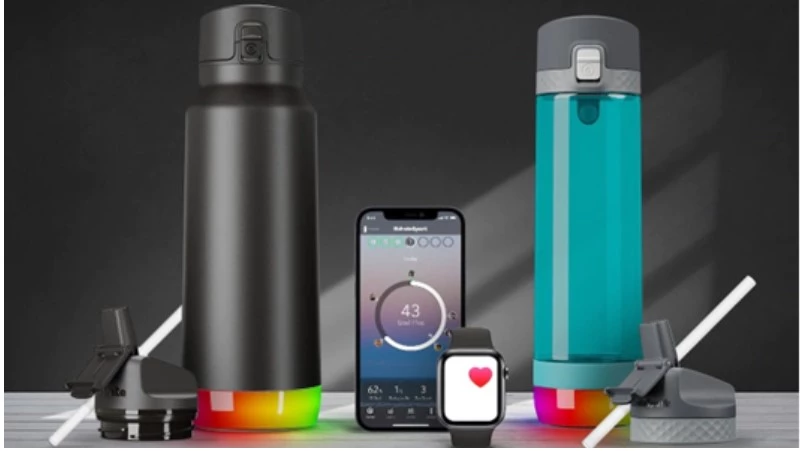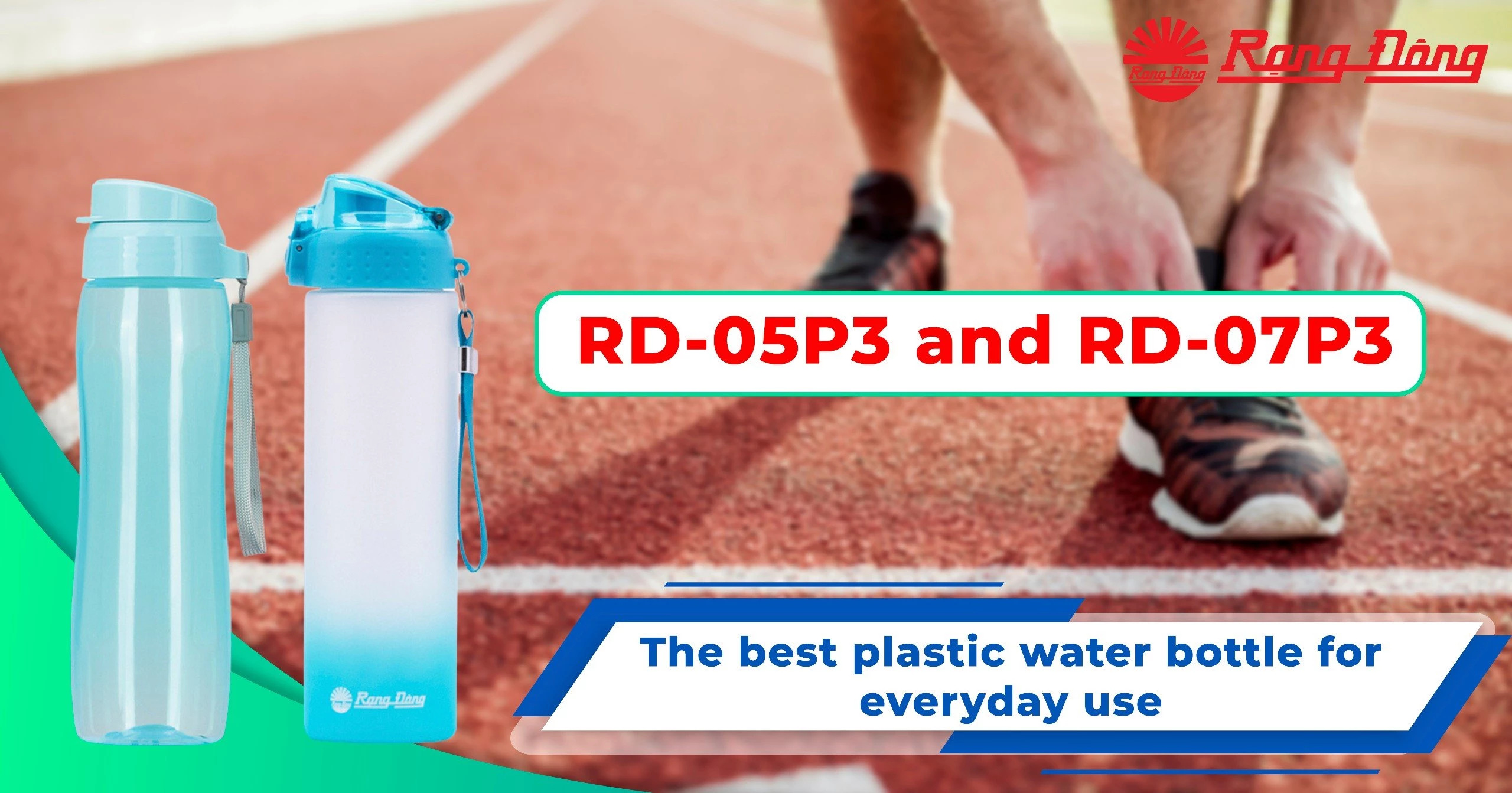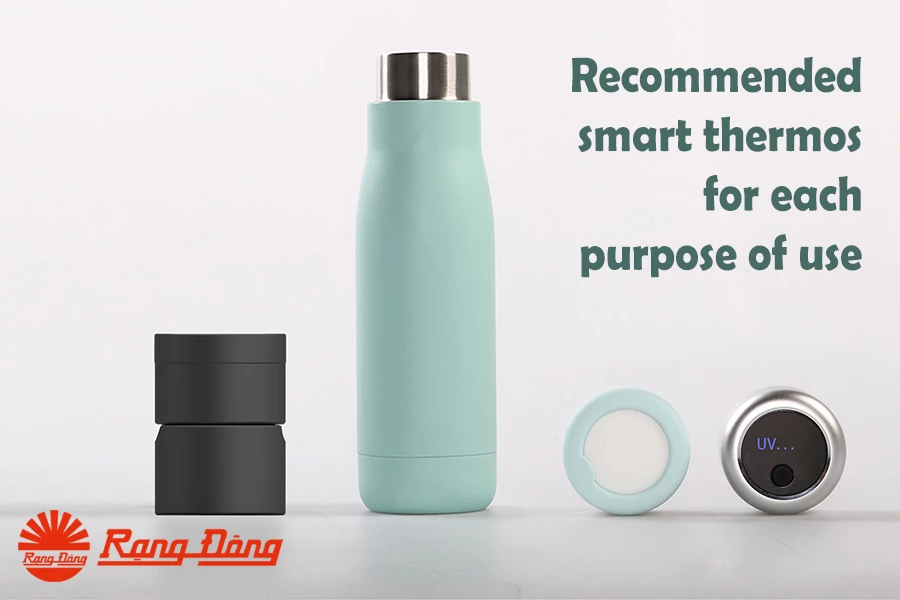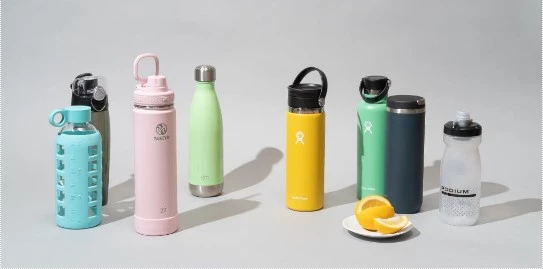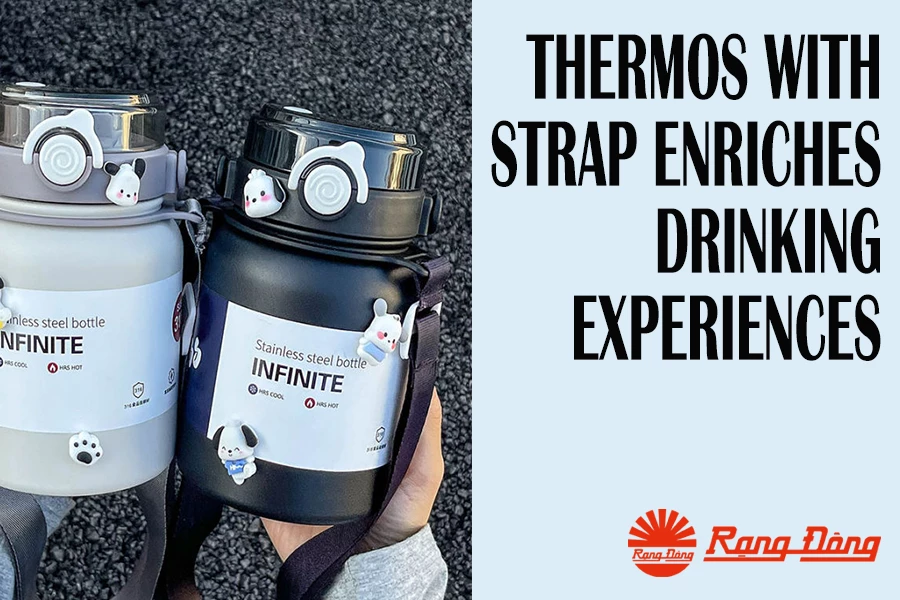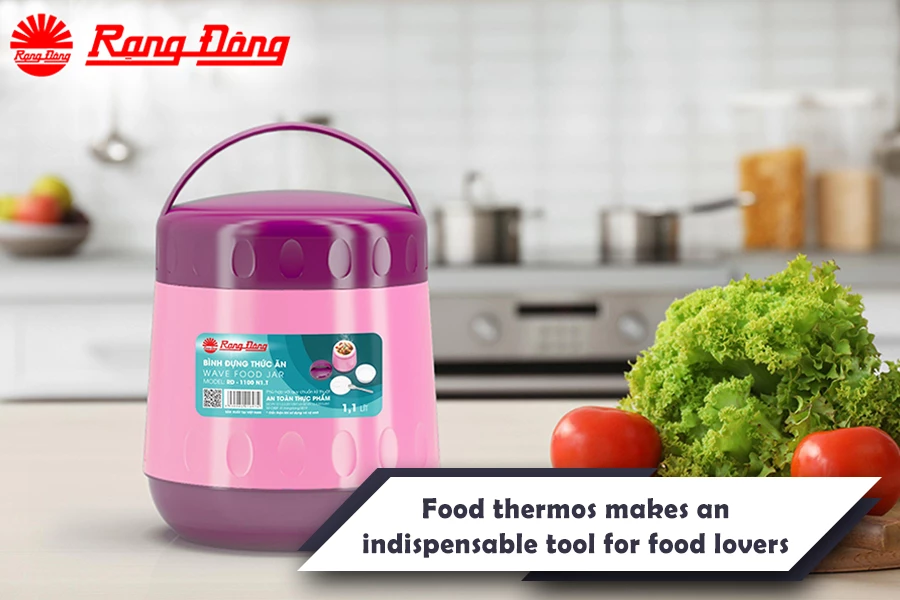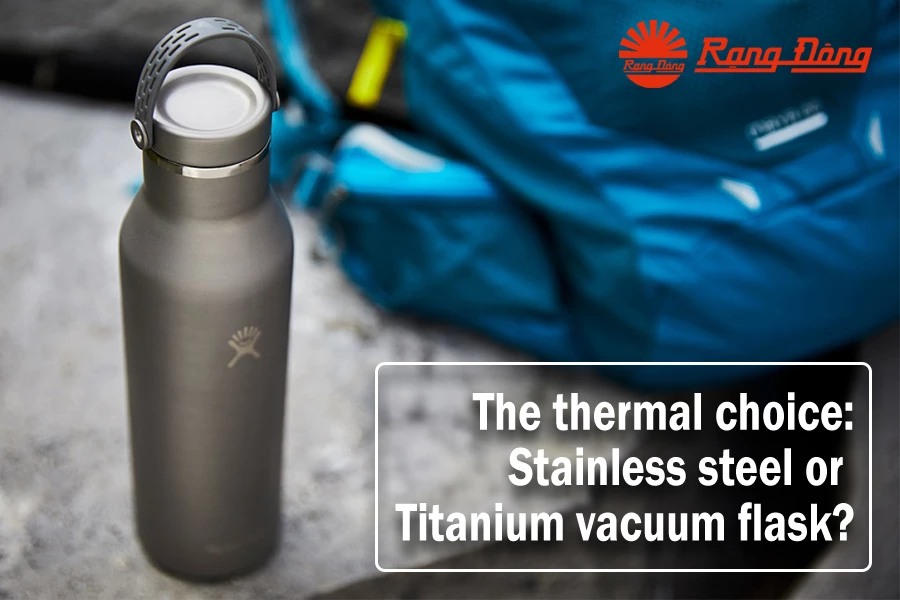Developing materials key in vacuum flask innovations
In the realm of vacuum flask innovations, one of the most pivotal areas of development is the materials used in their construction. These materials reinforce a vacuum flask's ability to maintain the desired temperature of beverages, whether it's keeping our coffee steaming hot during a winter hike or ensuring your refreshing iced tea stays cold on a sweltering summer day. In this exploration of the materials developed as a result of vacuum flask innovations, we delve into the remarkable strides made in thermal insulation technology that are reshaping the way we experience hot and cold beverages.
The primary goal of developing materials as part of vacuum flask innovations is to maximize thermal efficiency. New materials and techniques, such as double-wall stainless steel and advanced insulating layers, significantly reduce heat transfer, ensuring that beverages remain at the desired temperature for extended periods.
Lightweight Design
Modern vacuum flasks are shedding unnecessary weight without compromising insulation. Innovative materials allow manufacturers to create lightweight flasks that are easy to carry, making them perfect companions for outdoor adventures, travel, and daily commutes.

Durability and Longevity
Vacuum flask materials have evolved to be exceptionally durable. With reinforced stainless steel exteriors and impact-resistant coatings, these flasks can withstand the rigors of daily use and outdoor adventures, ensuring longevity and value for users' investment.
Reduction of Environmental Impact
Eco-conscious consumers will appreciate that many vacuum flask manufacturers are now using sustainable and eco-friendly materials. This shift towards more responsible production contributes to reduced environmental impact and aligns with global sustainability goals.
Improved Corrosion Resistance
The innovation in materials has improved the corrosion resistance of vacuum flasks. The benefit is particularly crucial for those who use their flasks for acidic beverages such as juice, as it protects the flask interior while preserving the beverage quality.
Types of Materials
Several materials have played a significant role in vacuum flask innovations.
Stainless Steel
Stainless steel remains a staple in vacuum flask construction thanks to its exceptional durability, resistance to corrosion, and ability to maintain temperature. Advances in stainless steel fabrication have led to thinner, lighter, yet equally effective flask walls.

Copper Coatings
Since copper is an excellent heat conductor, several types of vacuum flasks incorporate copper coatings within their walls to enhance the flask's thermal performance.
Powder Coatings
Powder coatings not only add aesthetics to vacuum flasks but also provide an extra layer of protection against wear, tear, and corrosion, contributing to a longer lifespan.
The research and development of materials as part of vacuum flask innovations has helped create a number of features, not only improving the heat retaining performance of the containers, but also turning them into our indispensable daily items. With enhanced thermal efficiency, lightweight design, durability, reduced environmental impact, and improved corrosion resistance, these flasks have become more than just vessels for holding beverages—they are advanced thermal insulators that enhance our daily lives. As we continue to explore the possibilities of materials science, the future of vacuum flask innovations promises even more exciting developments, ensuring that our hot beverages stay hot and our cold drinks stay refreshingly chilled, no matter where the adventure takes us.
Should you have any questions or request a quotation of Rang Dong products, please send us an email to: export@rangdong.com.vn.
Websites: en.rangdong.com.vn and vacuumflask.rangdong.com.vn

